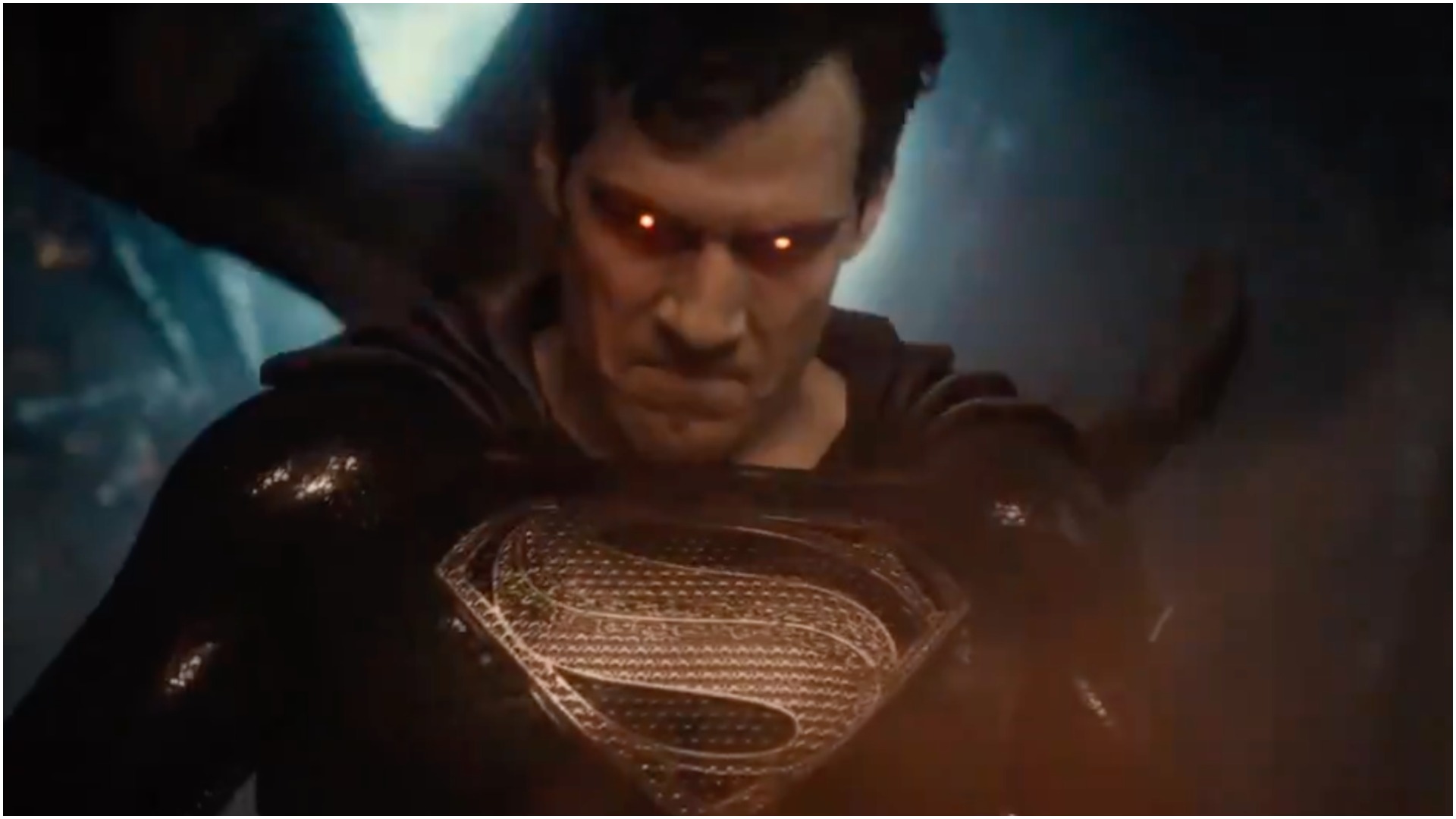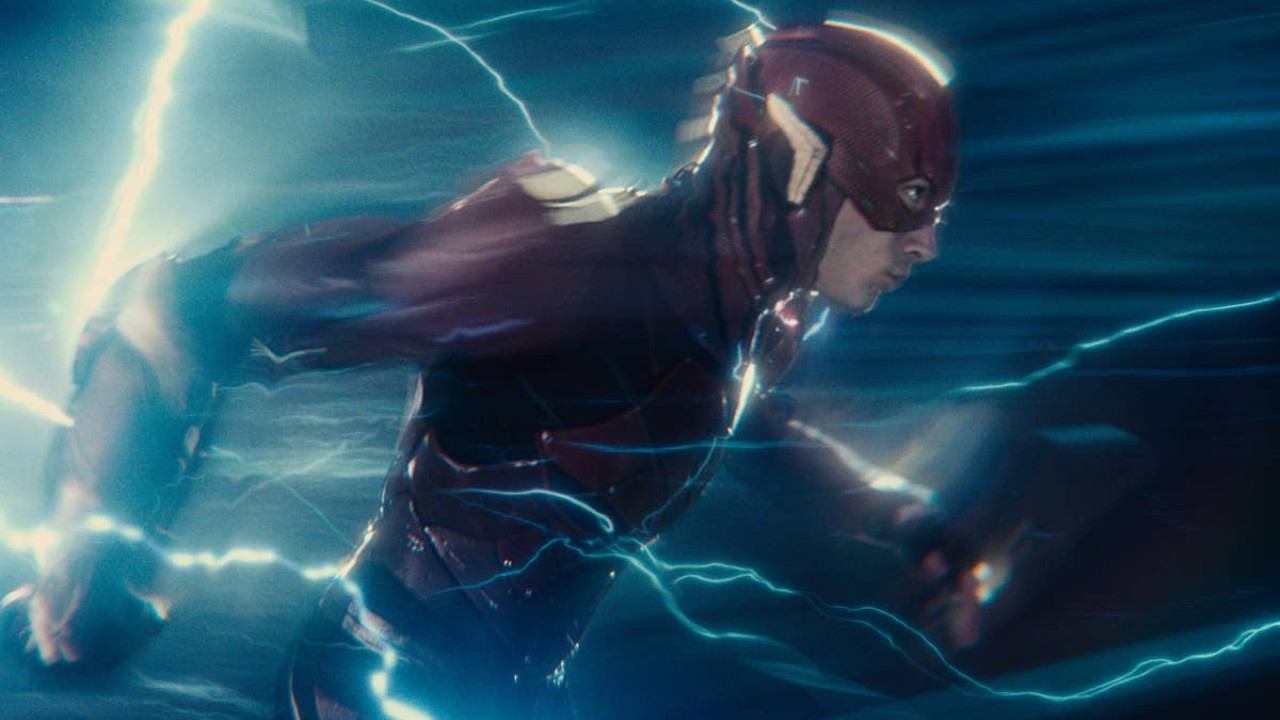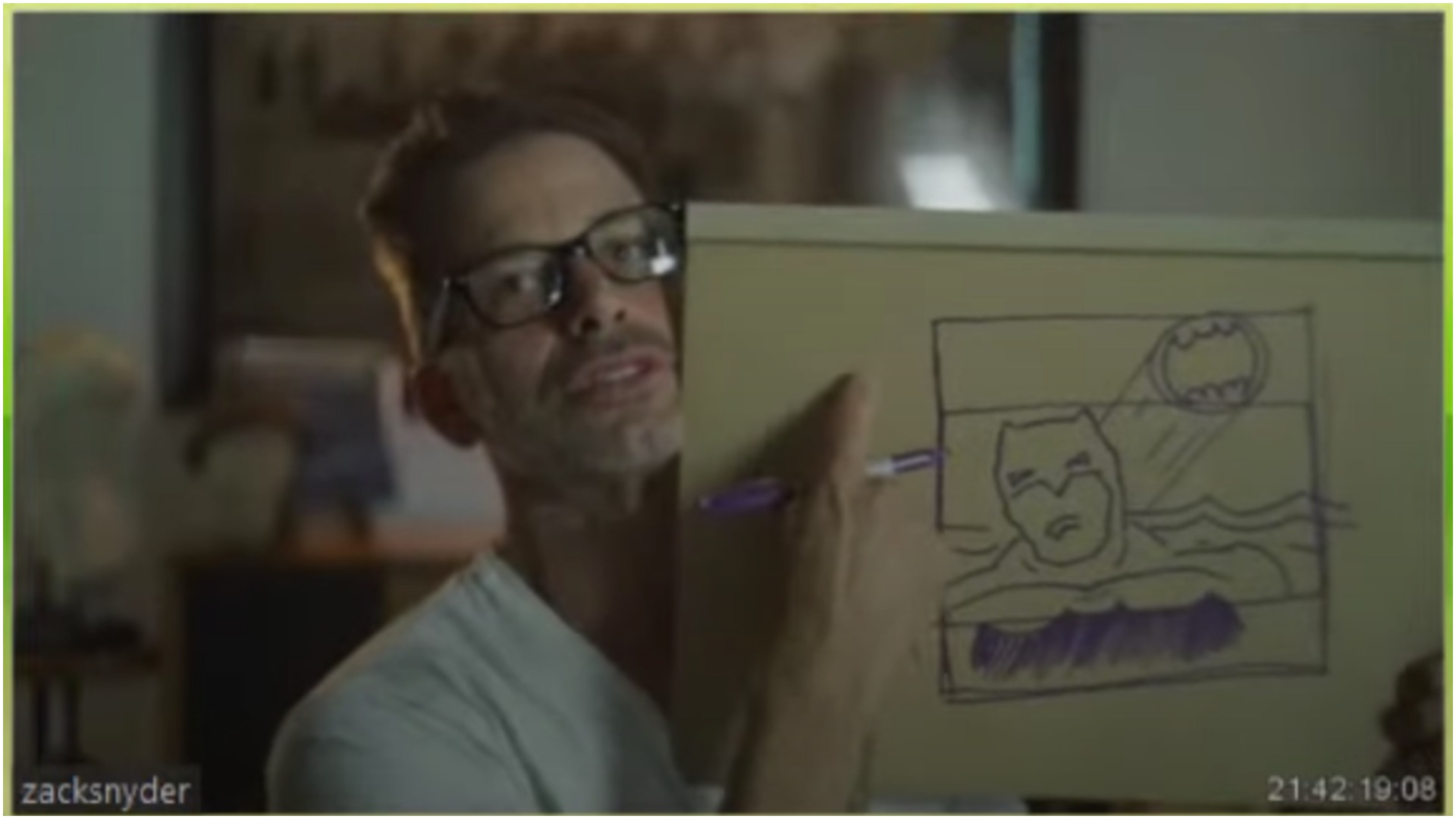Zack Snyder's Justice League aspect ratio explained: Why the Snyder Cut is not in widescreen on HBO Max
Explaining why the Snyder Cut has a different aspect ratio

Zack Snyder's Justice League is here, and it has everyone talking – though one question that keeps coming up is just why it isn't in widescreen. The Snyder Cut has a fairly boxy shape, with black bars on either side of the picture rather than along the top and bottom, like most other movies.
The answer is that the movie was filmed in a different aspect ratio to most films, and those watching on HBO Max are greeted with a message that reads: "This film is presented in a 4:3 format to preserve the integrity of Zack Snyder's creative vision."
While it doesn't fill up a TV, the Snyder Cut would fit on an IMAX screen – which was the original plan for theatrical release. Of course, the version of Justice League that made it to the big screen in 2017 was not what Snyder envisioned, hence the Snyder Cut existing on HBO Max.
Below, we've explained everything you need to know about the aspect ratio of Zack Snyder's Justice League, and the following is totally spoiler-free, so you can check it out whether you've seen the movie or not.
What is an aspect ratio?

Essentially, an aspect ratio just means how big a film's picture is in terms of width and height. Films shown on a theater screen are usually in the aspect ratio 1.85:1 or 2.39:1. The Snyder Cut, though, was planned for IMAX – and those screens are a different size to regular theater screens, hence the 4:3 format.
Why does the Snyder Cut have a different aspect ratio?

Snyder talked about his motivation for using the 4:3 aspect ratio at Justice Con last year. He explained that, while re-watching the parts of Batman v Superman: Dawn of Justice filmed for IMAX, he was impressed: "It really got me obsessed with the big square."
He added: "My intent was to have the movie able to be, the entire film play in a gigantic 1:4:3 aspect ratio on a giant IMAX screen."
Bringing all the latest movie news, features, and reviews to your inbox
There was another reason behind the sizing, too. "I really started just compositionally really falling in love with that concept," Snyder said. "Superheroes tend to be, sort of as figures, they tend to be more, less horizontal. Maybe Superman when he's flying, but when he's standing, he's more of a vertical."
But since the theatrical version released with a different aspect ratio, some restoration work went in to readying the Snyder Cut for release. "Everything's composed and shot that way, and a lot of the restoration is sort of trying to put that back," Snyder said.
"A lot of the work we're doing is trying to restore the full frame. It's like literally a restoration project at this point, because there were certain scenes that were just fucked up by the crop, so we have to kind of like fix it, a little bit," he added.
Snyder also talked about the aspect ratio with The New York Times. "It's in the same aspect ratio as First Cow. Those two movies share some common DNA, I think. [Laughs.] I really did like First Cow, actually. I would love that in a double feature, First Cow and the Snyder Cut of Justice League."
Does that mean we see less of the movie?

Not at all – we see the of the top and bottom of the picture, which would usually be cut out by the horizontal black bars.
In fact, we actually see more of this version of the movie than the theatrical cut, picture-wise (and of course runtime-wise). And as this is how the movie was filmed, nothing is missing. Snyder even doodled a picture to demonstrate:

The taller, wider box shows the way the Snyder Cut was shot, and the narrower box is how it would look with a different aspect ratio – significantly smaller.
Snyder also explained that, if a film is shot digitally, there won't be anything above or below the picture that's missing – but Justice League was shot on film, so you would lose things in a narrower aspect ratio.
It might be tricky finding a screen at home that perfectly fits the Snyder Cut, but this means it's primed for an IMAX re-release at some point – so you can see that big square how it was intended to be viewed, should a re-release happen.
If you've watched all four hours of the Snyder Cut, check out our deep dives into everything you could possibly want to know about the movie:
- 10 biggest Easter eggs in Zack Snyder's Justice League
- What would have happened in Zack Snyder's Justice League post-credits?
- The biggest differences between Zack Snyder's Justice League and Joss Whedon's
- Everything we know about Justice League 2
- Zack Snyder's Justice League ending explained
- The best HBO Max prices

I'm the Deputy Entertainment Editor here at GamesRadar+, covering all things film and TV for the site's Total Film and SFX sections. I previously worked on the Disney magazines team at Immediate Media, and also wrote on the CBeebies, MEGA!, and Star Wars Galaxy titles after graduating with a BA in English.


